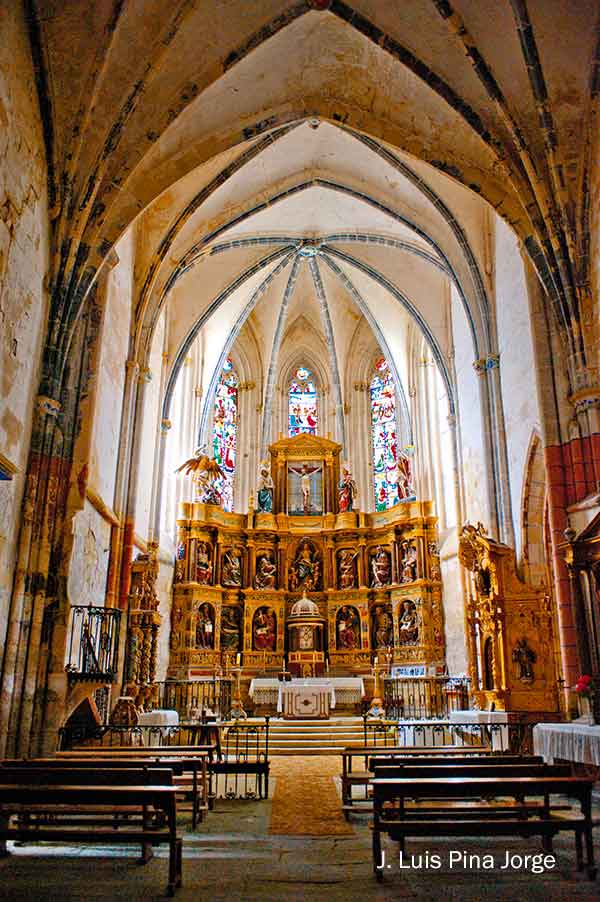This village forms part of an enclave of the province of Burgos that juts into Alava and the Valdegovía Valley.
Books tell that at the start of the Reconquest in the year 804, Bishop Juan arrived in the Valdegovía Valley and found a small abandoned church at Valpuesta. There he established the Episcopal Seat, at what was the eastern border furthest from the kingdom of Asturias, which was attempting to hold the Muslim invaders at bay.

From this time onwards, people who were fleeing from more southern lands dominated by the Arabs, such as Ribera del Duero, came to settle and repopulate the area, attracted by the valley’s microclimate. To the Romance language that was forming in the region they contributed aspects of their Mozarabic language as well as their culture, which was more Latin and Mediterranean than the one that was maintained with difficulty in these northern hills and mountains. Valpuesta became the centre of religion, and as a result the focal point of culture, for a wide area between the Cantabrian Sea and the river Ebro .
This explains why, in Valpuesta, important early documentation has been found giving evidence of the first signs of Castilian Spanish, this being the Romance language that was evolving in the sphere of influence of the Episcopal Seatl.
This documentation includes notes in Castilian Spanish that preceded those of the Notes from the monastery of San Millán de la Cogolla in the Rioja, dated from the mid-X century and considered as being the first written expression of Castilian Spanish.
The monastery and chapter that lived in and gave distinction to the district for centuries held a lavish liturgy in a spectacular Gothic collegiate church that even today is much admired by visitors for its Gothic cloister, which has lost nothing with the passage of time.
For more information, visit the official Valpuesta page at:
www.valpuesta.com .
